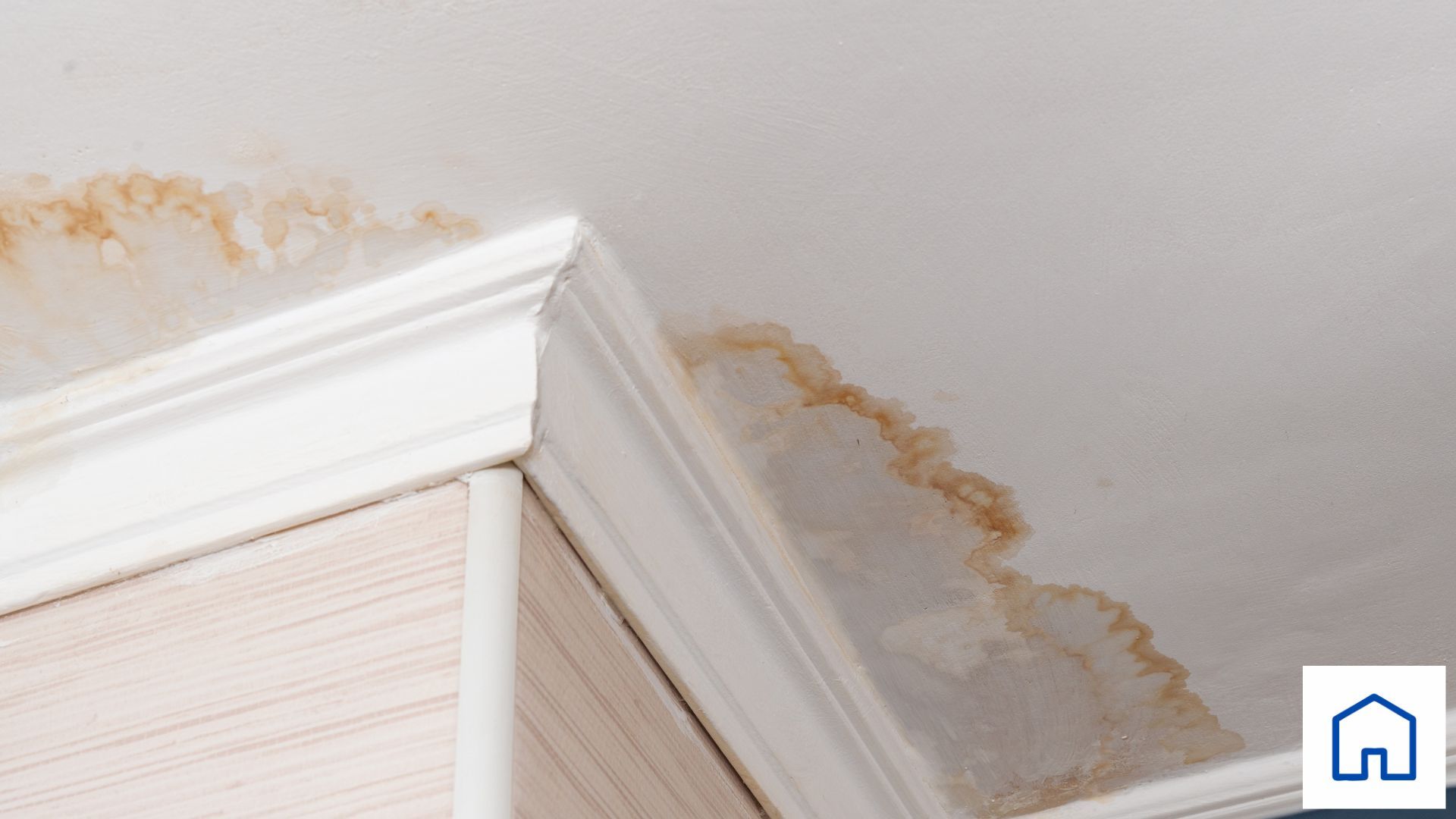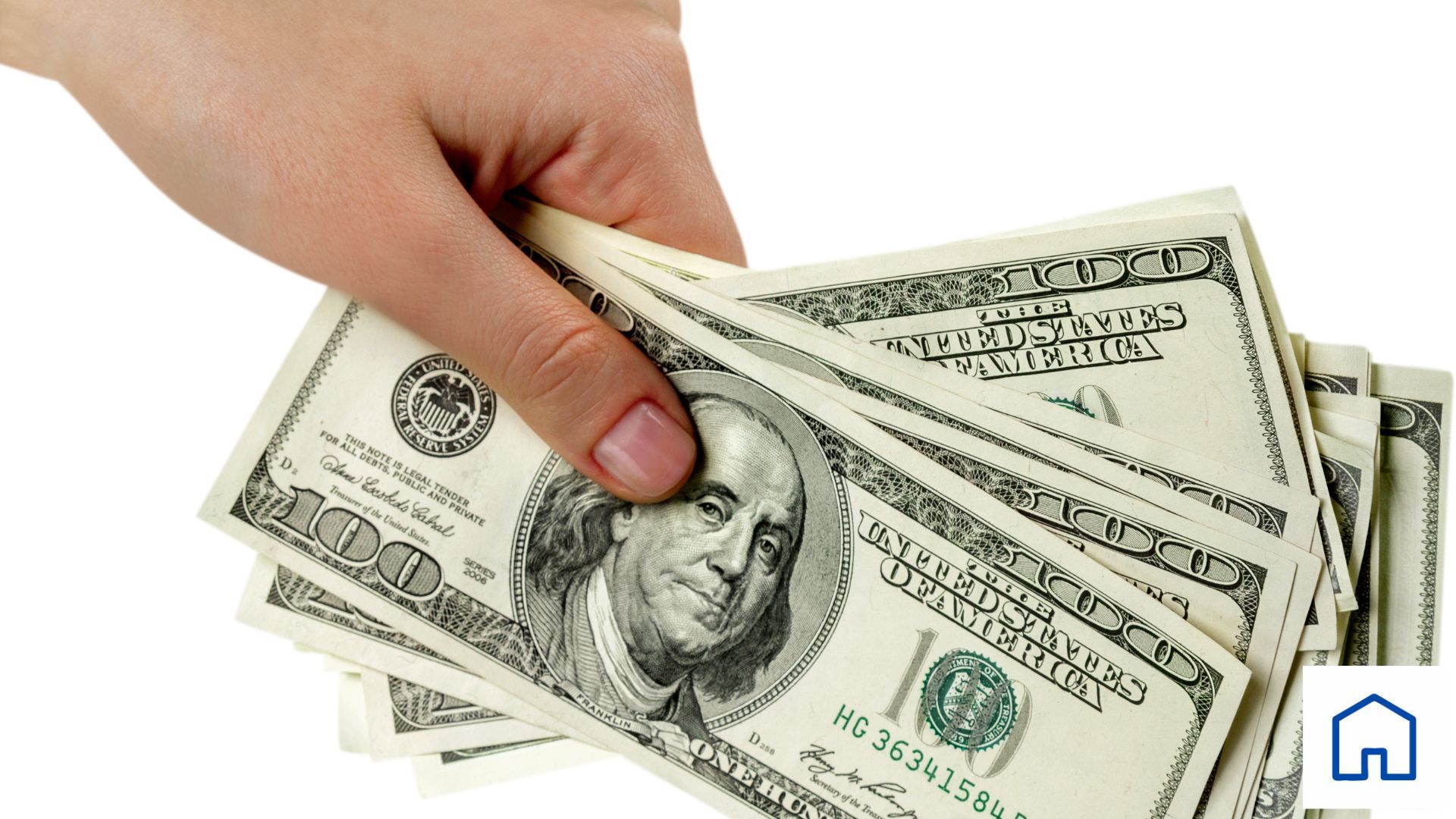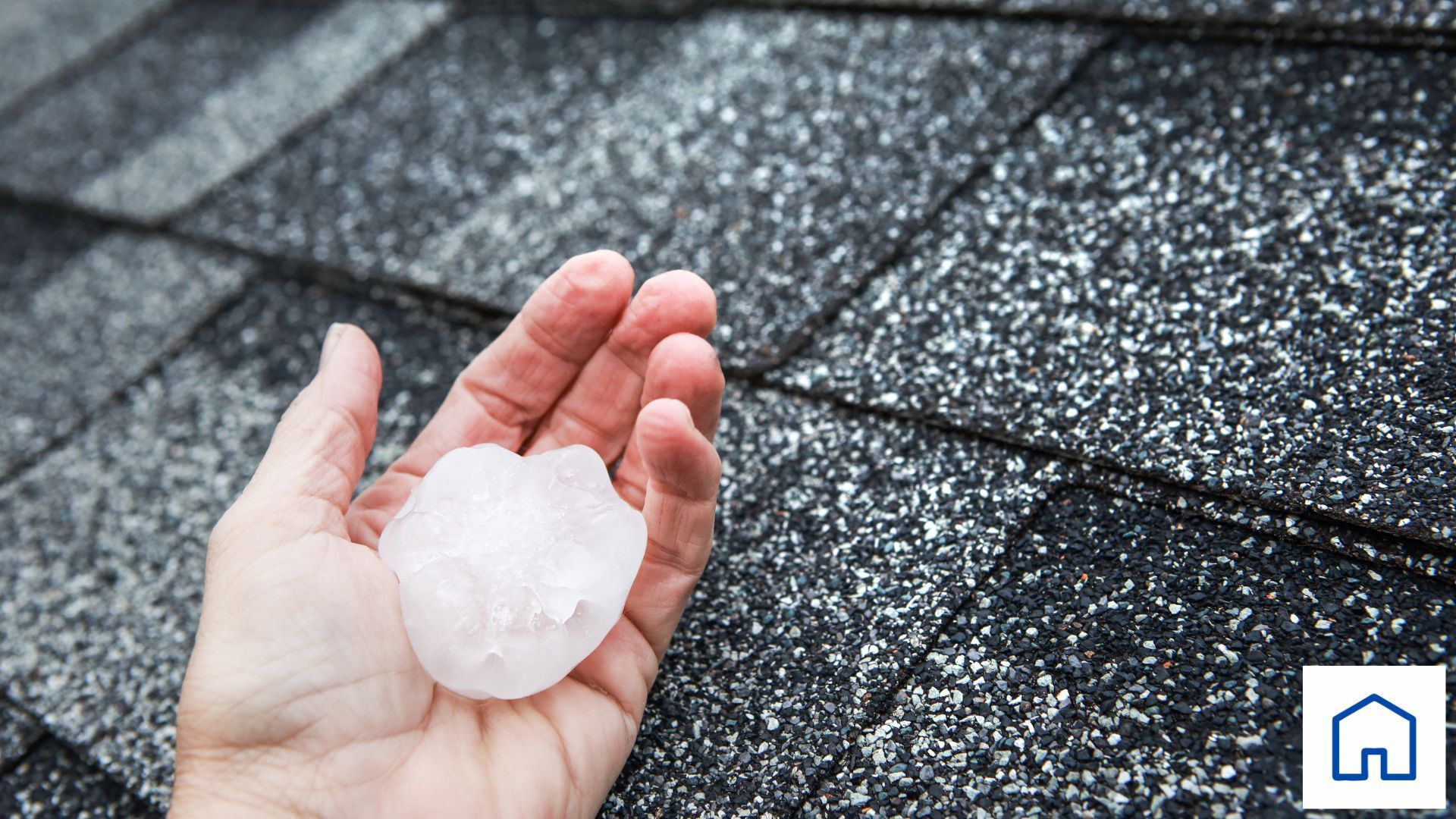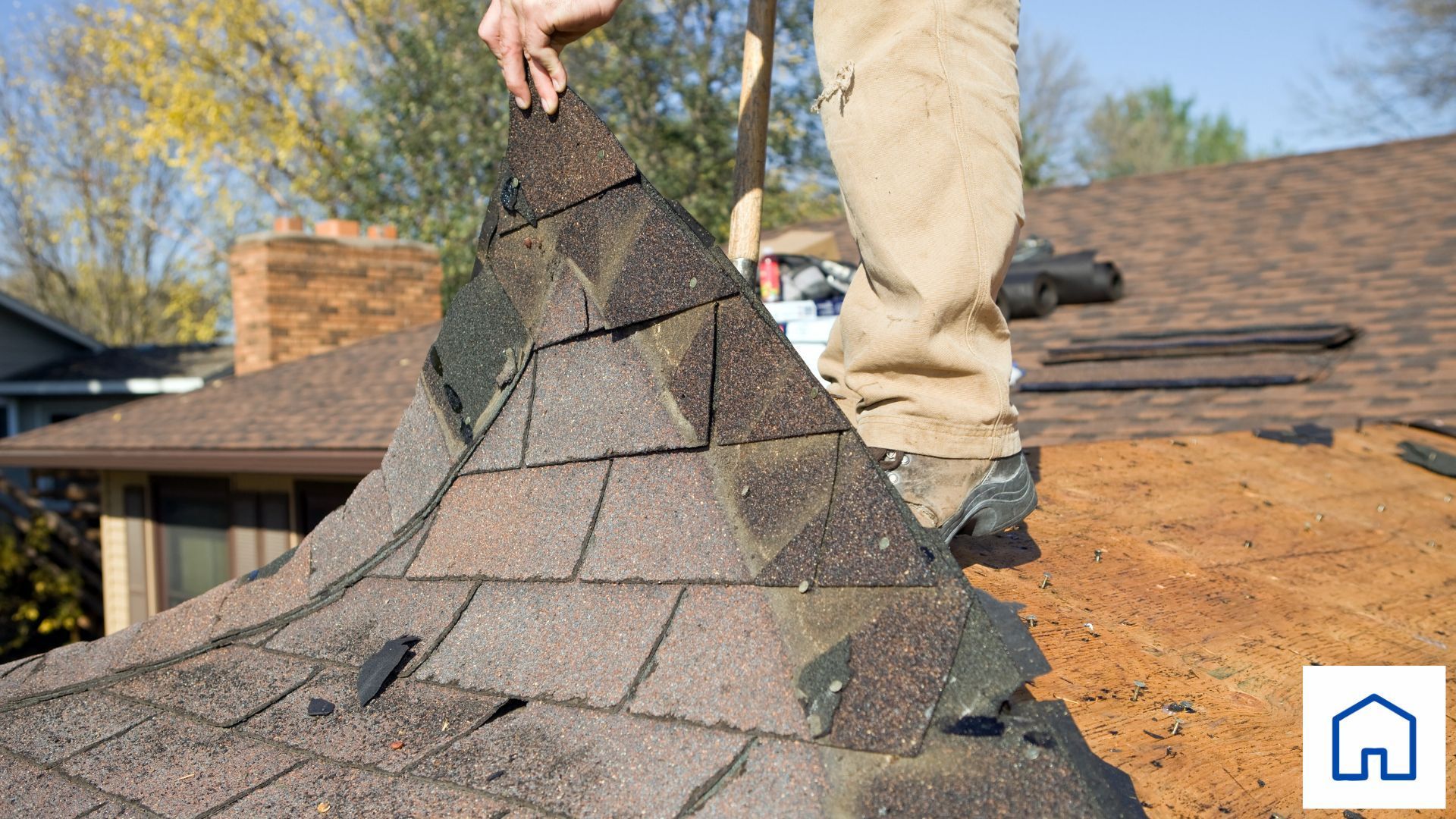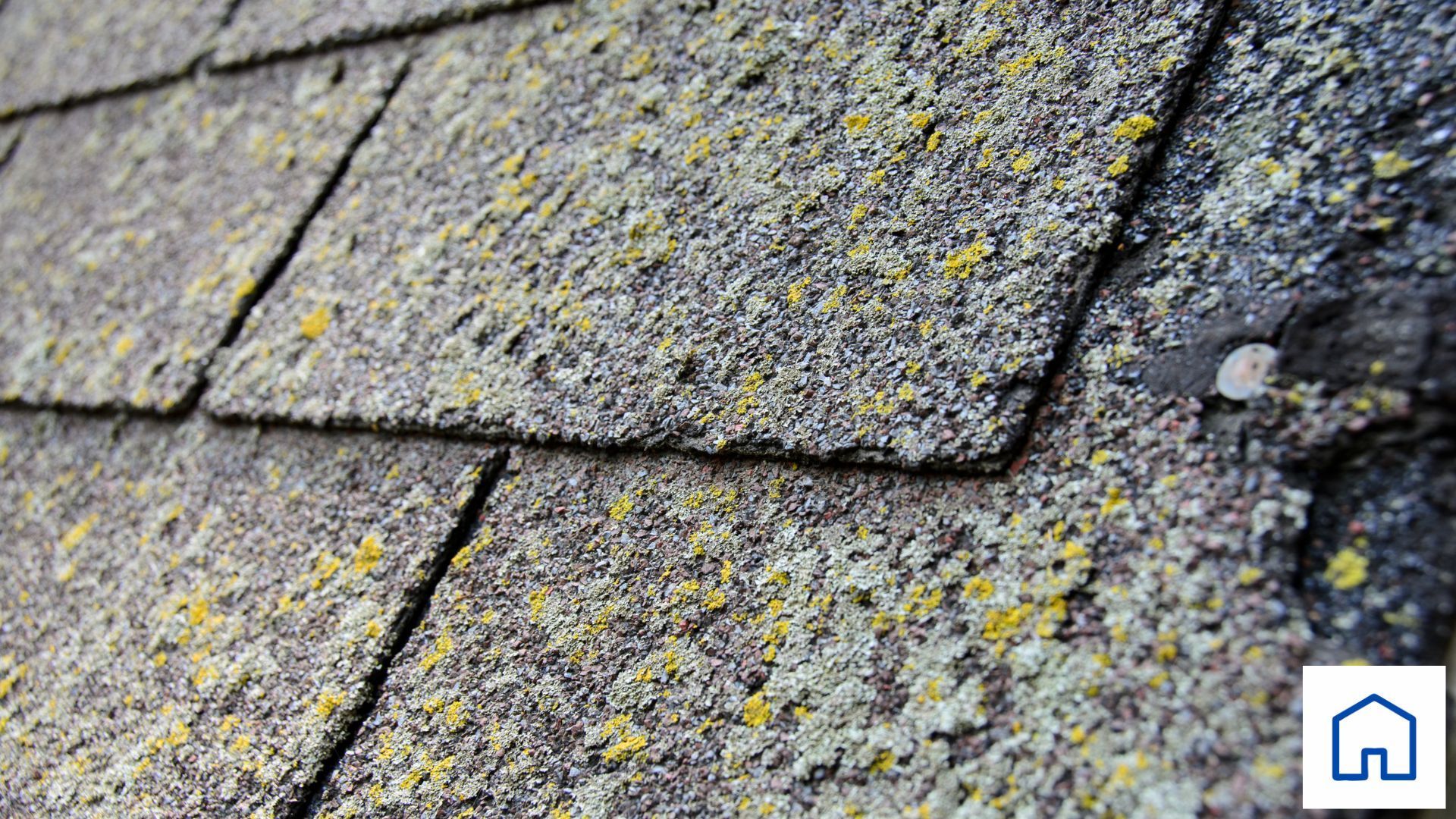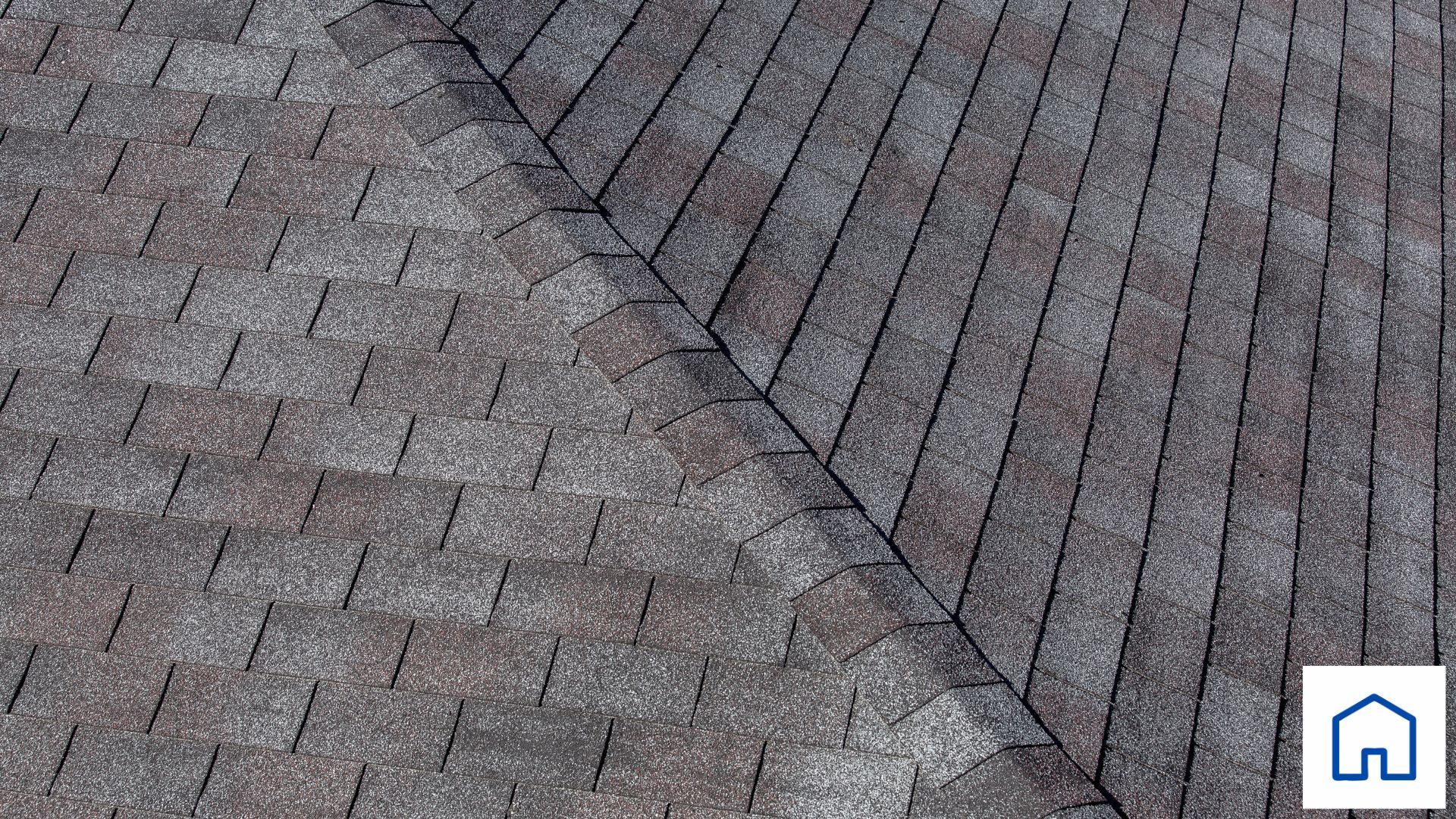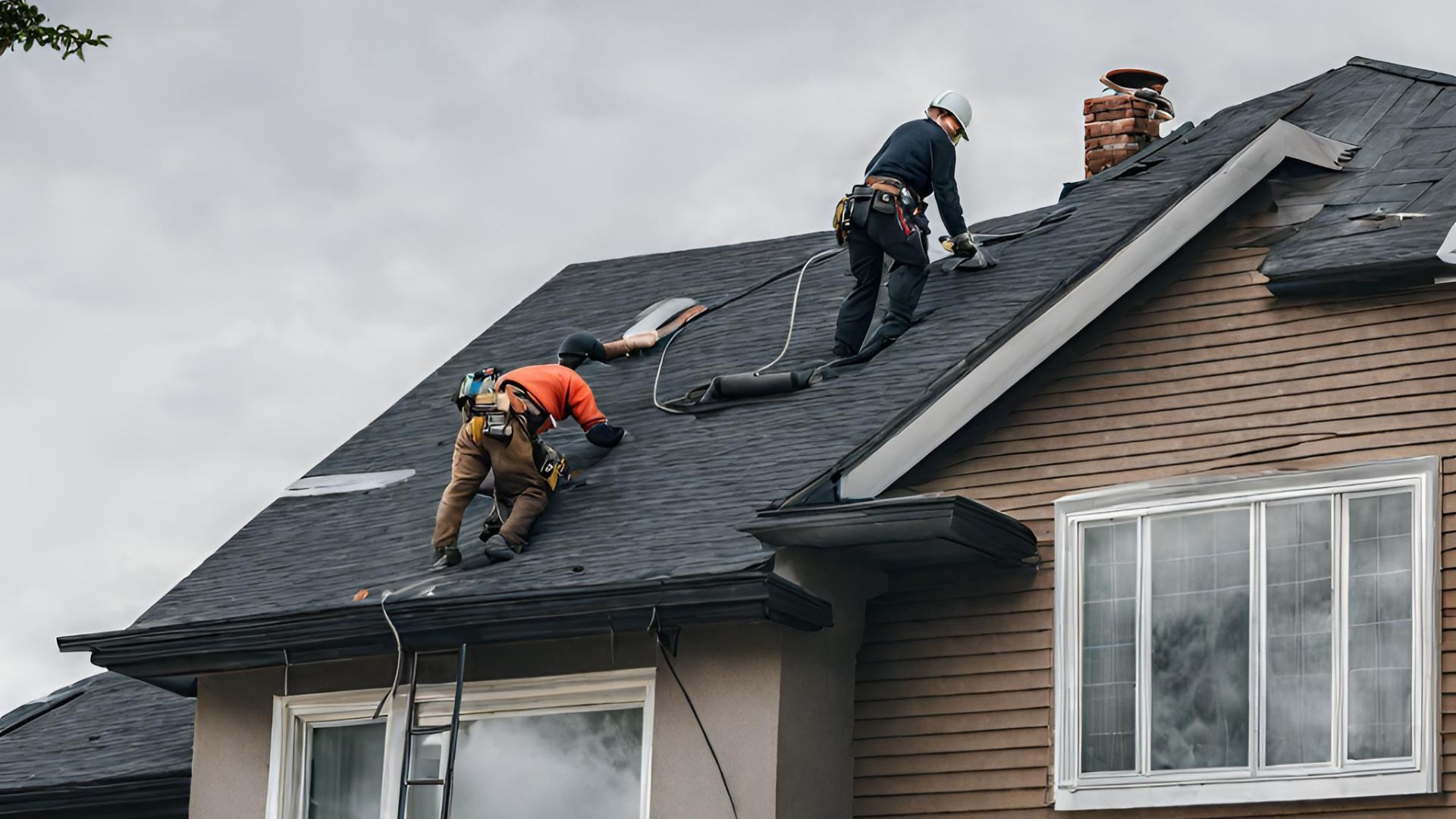Factors That Significantly Affect Your Roof Replacement Cost
As exterior home renovation experts, the biggest and most common concern that we encounter from most homeowners is cost. This is very understandable since roofs don’t come cheap and a roof replacement is considered a major renovation project.
But you’d be missing out if you were to indefinitely delay a much-needed roof replacement simply because you were intimidated by the thought of the expense. Apart from your exterior walls, your roof protects your family and your home. If it’s in tip-top shape, it beautifies your home and increases your property value. In addition, the knowledge that your roof is well taken care of is invaluable since it gives you peace of mind, particularly during adverse weather conditions.
The best course of action is to know about the factors that affect your roof replacement cost. This will help you prepare your budget and plan accordingly.
There are essentially six major factors that affect your roof replacement cost. We’ll go into detail about each one in this article.
- Roofing Material
It can be difficult and stressful to decide on roofing material while building your first house or even upgrading an outdated one. So, which roofing material offers the best value? Let’s have a look at some of your possibilities based on practicality.
Asphalt Shingles
There’s a reason why asphalt shingles are so common. This roofing material will last you between 15 and 30 years. Plus, it’s the least expensive roofing material available. As the most budget-friendly option of the bunch, a square foot of three-tab shingles will only set you back by $1 to $2.
Wood Shakes and Shingles
Wood shakes and shingles are the best options if you want a more natural appearance. Wood normally lasts for 20 years but it’s more costly than asphalt. For example, a square foot of cedar wood shingles is about $4 to 7.50 while cedar wood shakes are $6 to $9.50 for a square foot.
Metal Roofing
If you have a more generous budget, consider metal roofing. Though they’re more costly than asphalt, metal roofs are more resilient during bad weather. In the event of extreme storms, powerful gusts, and heavy rain, you’ll be glad you opted for this practical roofing material. They can cost you from a little over $3 to $30 per square foot based on the type of metal you choose. Metal roofs are well worth it, however, since they’ve been known to last 30 to 50 years.
2. Your Roof’s Pitch or Slope
The pitch or slope of a roof refers to how steep it is. By examining how much height a roof gains horizontally, roofers can determine the slope of a roof. The steeper your slope, the more roofing you need to cover it. A relatively flat roof will need fewer roofing materials, entail less work, and require less time to install.
3.
Roof Size
By now, we know that the more materials you need, the higher the price. This is of course why one of the factors that affect your roof replacement cost is roof size. If you know your roof size, you can get a rough estimate of the cost of your roofing materials by referring to the per-square-foot costs we mentioned earlier.
4.
Accessibility
How easy it is to access your roof? Roofs that offer easy access cost lower to replace.
For instance, take a multi-story house in a heavily forested location. To reach the roof, the roofers may need to bring in heavy machinery so that they can effectively remove and install a new roof. A roofing project in a city or high-traffic suburb, on the other hand, would need permits and plans for traffic control. Although it's a rare problem, accessibility should still be taken into account to avoid unpleasant surprises.
5.
Dumping Fees for Old Roofing Materials
You will be charged a standard materials disposal fee if your roofing project requires the removal and disposal of old roofing materials. If the task is major enough, you may need to rent a dumpster.
6. Ventilation
Does your roof upgrade include the installation of new ventilation? This will affect your cost and timeline. Most ridge vents average $2 to $3 for every linear foot. Keep in mind that you’ll also be paying to have them installed which will cost you another $45 to $75 per hour. Most homeowners usually end up paying between $300 and $400 for labor.
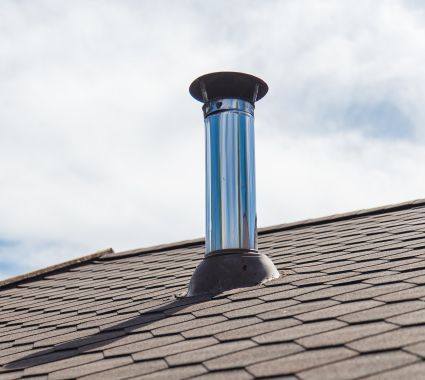
Best Nest Renovations: Let Us Help You Manage Your Roof Replacement Costs
With Best Nest Renovations, you never have to feel like your roof replacement costs are out of control. Based in Carrollton, Georgia, our professional renovation services allow you to track how much you spend and where your money goes.
From planning to roof assessment and roof replacement, we’ll advise you and keep you updated every step of the way. Our friendly and knowledgeable roof contractors can recommend roof materials and thoroughly brief you on factors that affect your roof replacement cost based on what you want to achieve.
Visit our
website
or call us at
770-766-9287
for a free estimate.
